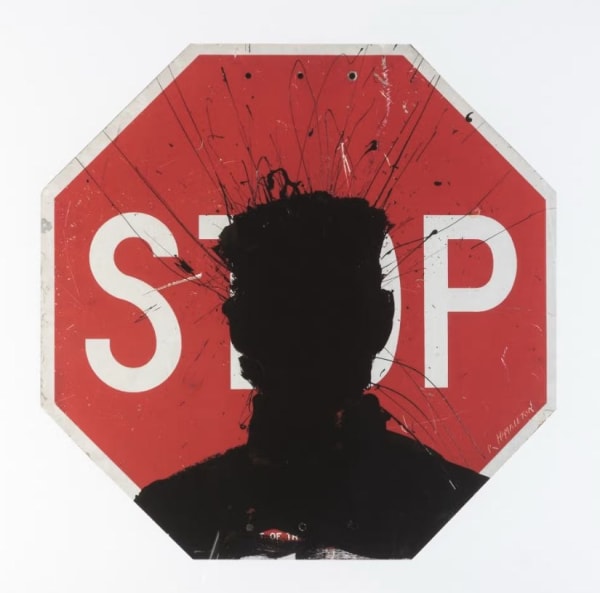Richard Hambleton (1952–2017) was a Canadian-American painter and street artist known for his influential contributions to the urban art scene. He gained fame in the 1980s for his distinctive "Shadowman" series, which involved painting life-sized silhouettes of shadowy figures on the streets of New York City. His work often blurred the lines between street art and fine art, incorporating elements of public space while maintaining a strong conceptual and artistic foundation.
Hambleton began his career as a student at the Vancouver School of Art, where he developed his interest in painting and experimental art forms. Moving to New York in the late 1970s, he became part of the city's burgeoning street art movement, alongside contemporaries like Keith Haring and Jean-Michel Basquiat.
Though his "Shadowman" figures were often painted in dark, ominous tones, Hambleton's work was deeply influenced by a range of styles and cultures, from Abstract Expressionism to street graffiti. His ability to work in public spaces and the tension between the illicit nature of street art and its potential for commercial success made him a key figure in the evolution of modern urban art.
Hambleton's art was shown in numerous galleries, and he earned recognition for his innovative approach to public engagement with art. Despite his early success, he struggled with personal issues, including substance abuse, which led to a period of relative obscurity later in his life. However, in the years before his death, Hambleton's work experienced a resurgence, gaining significant attention and value in the contemporary art world.
Richard Hambleton's legacy remains strong, as his work continues to inspire both street artists and collectors alike, and his "Shadowman" figures remain iconic representations of urban art's power to transform public spaces.

